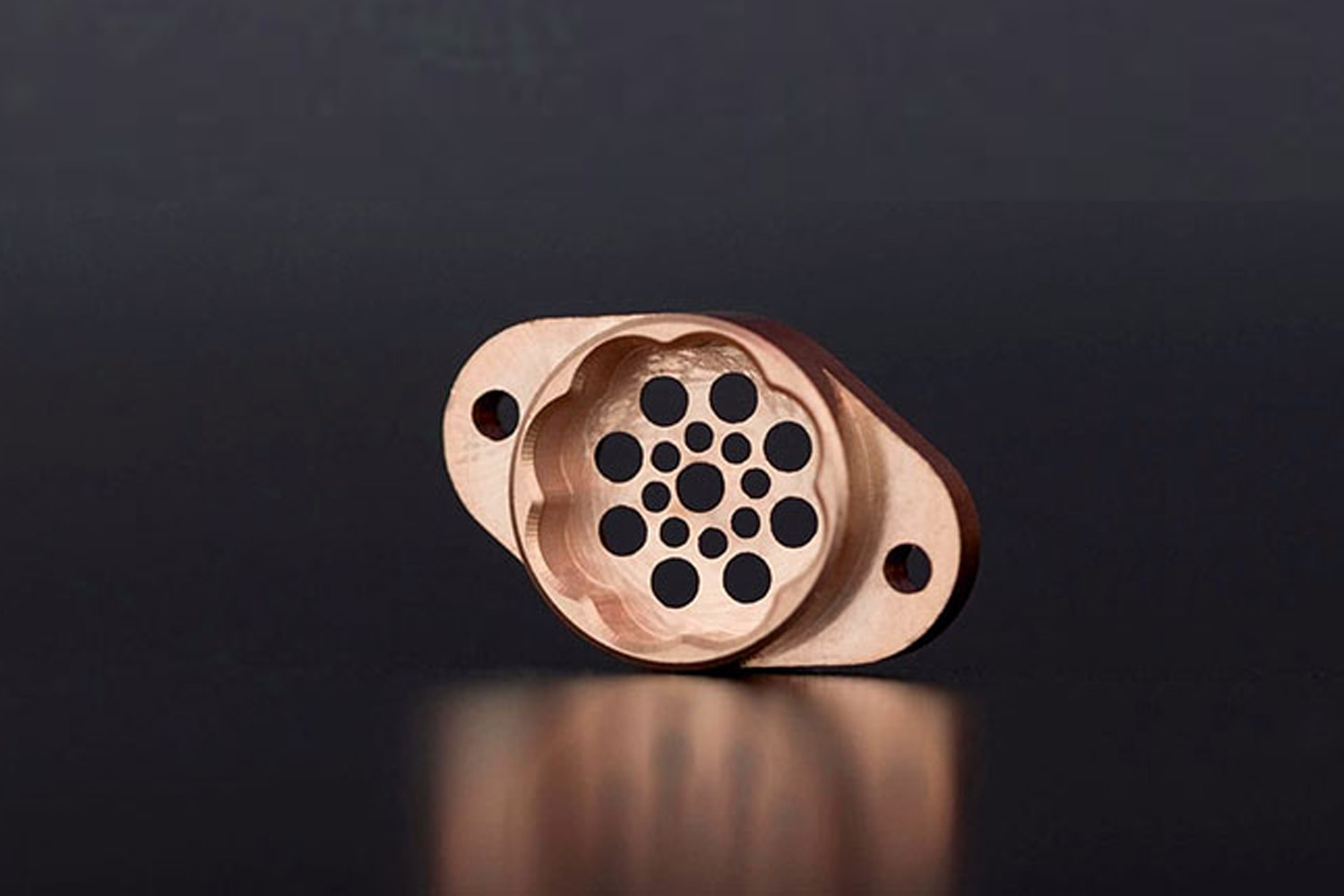932 Bearing Bronze is a high strength alloy with good wear and corrosion resistance due to its tin, iron, and zinc content. It is most commonly used for bearings, bushings, and thrust washers. 932 Bronze is not heat treatable.
954 Bearing Bronze (also known as aluminum bronze) contains at least 10% aluminum, which adds to its strength and weldability. Similar to 932 Bearing Bronze, it is commonly used for bearing and bushings.
544 Bearing Bronze (also known as phosphor bronze) offers excellent fatigue and stress-cracking resistance. The material is best utilized in designs for valves and shafts.










